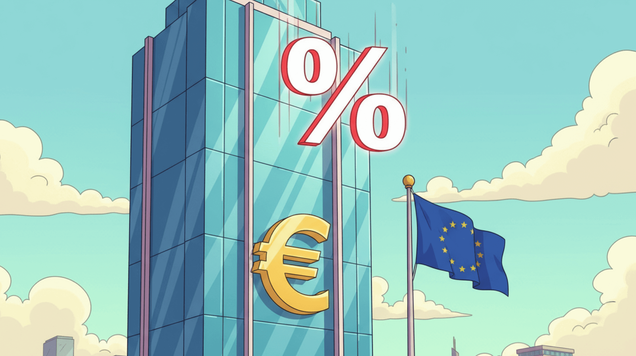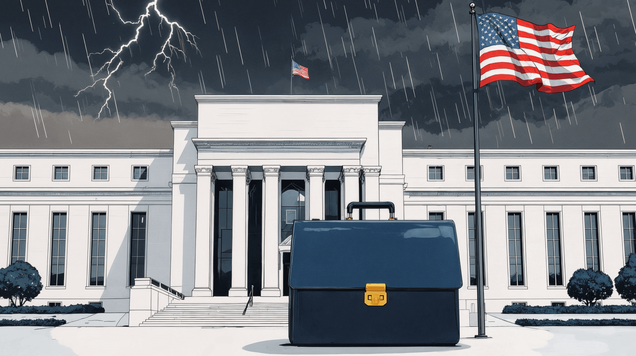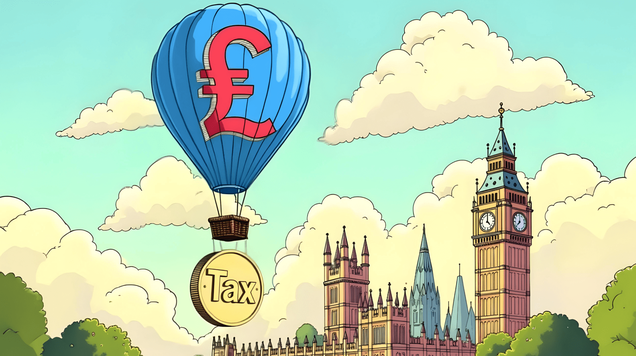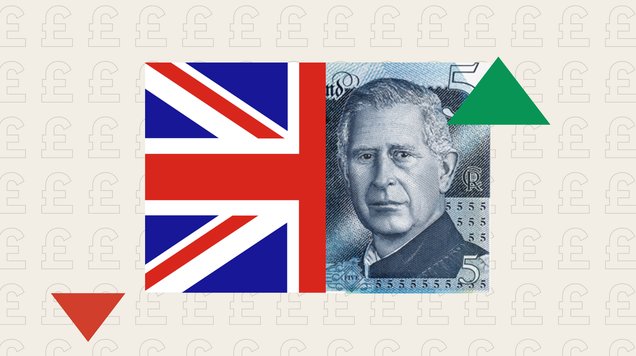Japan Q4 2025 Outlook

Japan balancing fiscal and monetary policy pressures
Japan enters the final quarter of 2025 facing weaker exports and a volatile yen, leaving the Bank of Japan cautious on monetary policy as it weighs inflation, growth prospects and the broader risks shaping the outlook in the months ahead.
BOJ cautious on tightening path
At its September meeting, the Bank of Japan held interest rates at 0.5% but began selling ETF and real estate holdings, marking the start of unwinding years of loose policy. Support for tighter policy is building inside the board, with two members already backing a 0.75% hike, a sign that gradual adjustment is gaining traction.
As Q4 2025 begins, expectations are building that the October meeting could mark a shift in tone if inflation holds near 2% and growth and spending data stabilise. The recent asset sales suggest the Bank is prepared to raise rates once concerns over US tariffs and their impact on exports begin to ease.
Trade pressures test economic recovery
US trade tensions and weak external demand weigh on Japan as it heads into Q4 2025.
The economy grew 2.2% year on year in Q2, but early Q3 data point to weaker momentum after a 2.5% fall in industrial exports. US tariffs remain the main drag, hitting automotive and electronics and pushing up shipping and supply chain costs, despite ongoing talks to ease some restrictions by year-end. Growth could recover towards 1% in Q4 if trade barriers are relaxed, helped by a weaker yen and firmer demand from Asia.
Fiscal policy at a turning point
In September 2025, the government submitted a record FY2026 budget of ¥122.45 trillion (about $831 billion), the third annual increase in a row. Spending priorities include social security, debt servicing and defence. Allocations amount to ¥34.8 trillion for healthcare, ¥32.4 trillion for debt payments and ¥8.8 trillion for defence. The Ministry of Finance also proposed cutting long-term government bond issuance to help stabilise markets.
These fiscal measures coincide with major political shifts following Prime Minister Shigeru Ishiba’s resignation after a series of electoral defeats. The Liberal Democratic Party has launched a leadership contest, with candidates including Sanae Takaichi, who favours expansionary fiscal policy and a cautious stance on rate hikes, and Shinjiro Koizumi, who is unlikely to push for major change.
The outcome will shape fiscal policy, government spending and potentially interest rates and trade agreements, making Q4 2025 a pivotal moment for Japan’s economic direction.
A weaker yen and firmer Asian demand may support recovery if US tariffs are reduced









